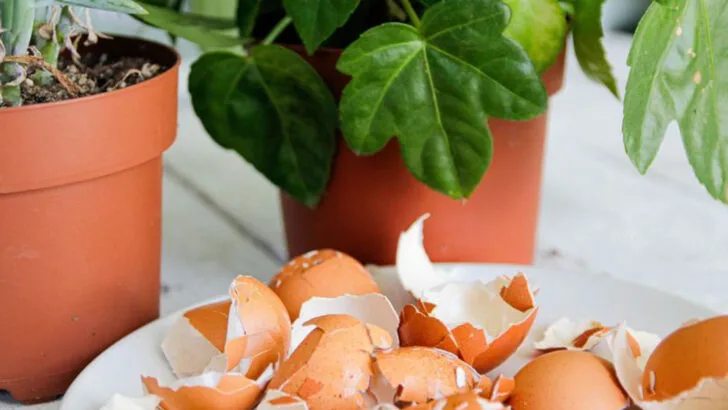When it comes to plant care, there’s no shortage of advice—and unfortunately, a lot of it is based on myths that can actually harm your garden. From watering habits to sunlight needs, many “rules” we’ve heard for years don’t hold up under scrutiny. Understanding what’s true and what’s not can make all the difference between struggling plants and a thriving garden.
In this article, we’ll debunk 14 common plant care myths that might be holding your garden back. You’ll learn why some traditional tips don’t work and how they can even cause problems like overwatering, poor soil health, or stunted growth. At the same time, we’ll share 6 better, science-backed methods that actually support your plants’ needs and help them flourish.
If you want a healthier, happier garden with less guesswork, it’s time to separate fact from fiction. These myth-busting insights and smart care tips will give you the confidence to nurture your plants the right way—and enjoy the green results all season long.
Myth 1: Water Plants Every Day
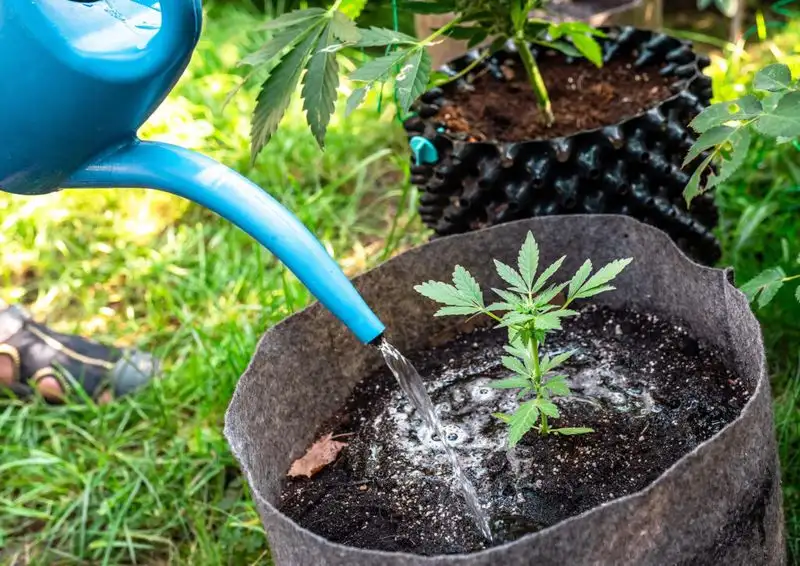
Many believe that daily watering is the key to healthy plants, but overwatering can actually drown roots, leading to unhealthy plants. Plants need water based on their specific requirements and environmental conditions. Regularly check the soil’s moisture level rather than sticking to a rigid schedule. For most plants, watering once or twice a week is sufficient, allowing the soil to dry out between sessions. This encourages deeper root growth and makes plants more resilient. Consider factors like season, humidity, and type of plant to tailor your watering habits.
Myth 2: Talking to Plants Stimulates Growth
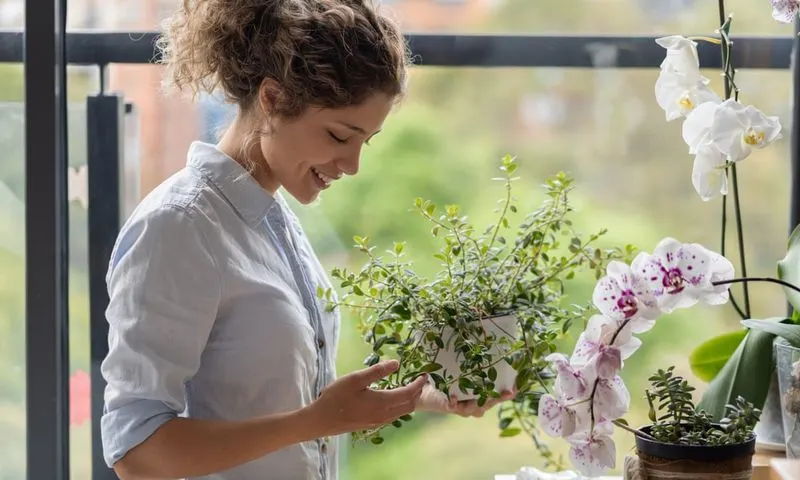
The idea that chatting with your plants leads to lush growth is charming yet unfounded. While it’s true that talking can increase carbon dioxide levels, the effect is negligible. The real benefits of this practice might lie more in human well-being than plant health. Engaging with your plants can make you more attentive to their needs. Paying attention to growth patterns, leaf color, and soil condition will yield better results than conversation alone. So while talking is fine, focus on tangible care routines for thriving plants.
Myth 3: Fertilizer is Plant Food
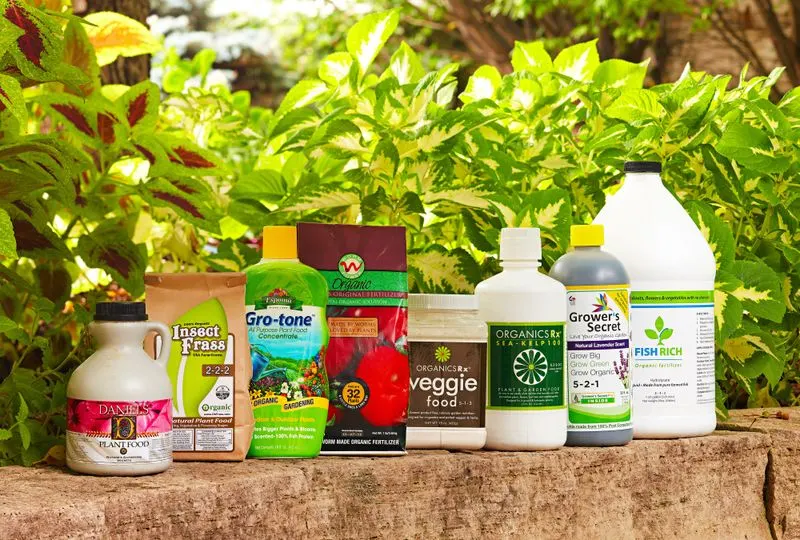
The notion that fertilizer serves as food for plants is a common misconception. In reality, plants create their own food through photosynthesis. Fertilizers supply essential nutrients like nitrogen, phosphorus, and potassium, facilitating growth and overall health. However, excessive use can do more harm than good, leading to nutrient imbalances. Instead of viewing fertilizer as food, think of it as a supplement. Use it wisely by following recommended guidelines and observing how your plants respond. This balanced approach promotes strong, healthy growth.
Myth 4: More Sun Equals Better Growth

While sunlight is crucial for photosynthesis, believing that more sun invariably equates to better growth can be misleading. Each plant has unique sunlight requirements, and too much can be as detrimental as too little. Overexposure may lead to scorched leaves and stressed plants, particularly in midday heat. To achieve optimal growth, research the light needs of your specific plants and position them accordingly. This ensures they receive the right balance of light and shade, supporting their natural growth patterns.
Myth 5: Houseplants Purify Indoor Air
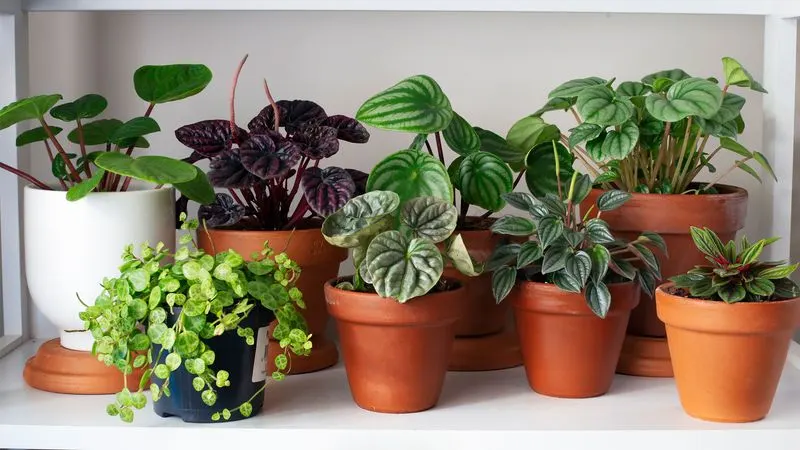
The belief that houseplants significantly cleanse indoor air gained popularity from a NASA study, but its practical effects are minimal in real-world settings. While plants do filter some pollutants, the scale required to impact air quality is impractical for most homes. Despite this, houseplants offer aesthetic and psychological benefits, making spaces more inviting and calming. Rather than relying solely on plants for purification, consider improving ventilation or using air purifiers. This provides a more comprehensive solution to maintaining healthy indoor air quality.
Myth 6: All Plants Need Fertilizer

It’s a common belief that all plants require fertilizer for growth, but many thrive without it. Plants can often obtain necessary nutrients from the soil, especially if it’s rich in organic matter. Over-fertilizing can harm plants by altering soil composition and causing nutrient imbalances. Focus on the specific needs of each plant type. Observe their growth and only supplement when necessary. This careful approach ensures that plants receive what they need without risking excess. A healthy balance promotes vibrant, resilient growth.
Myth 7: Pruning Hurts Plants
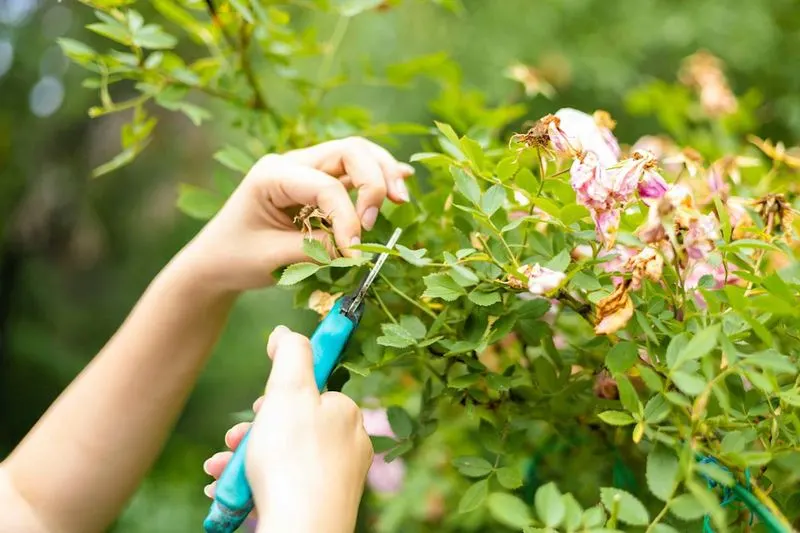
The fear that pruning damages plants is widespread, yet incorrect. Pruning can actually encourage healthier growth by removing dead or diseased branches. It helps shape the plant and promotes better air circulation, reducing the risk of infections. Timing is crucial; for most plants, late winter or early spring is ideal. Use sharp, clean tools to make precise cuts and avoid tearing the plant tissue. By understanding the specific pruning needs of each plant, gardeners can help their greenery flourish and thrive.
Myth 8: More Fertilizer Equals Faster Growth
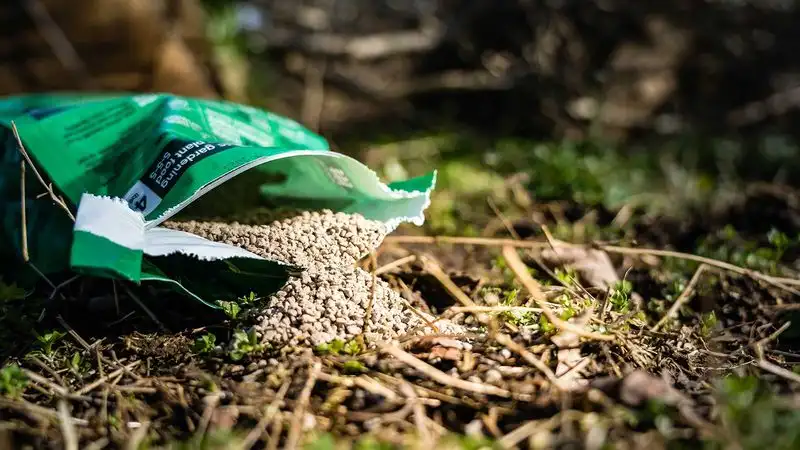
It’s tempting to think that more fertilizer will supercharge plant growth, but this isn’t the case. Excessive fertilization can lead to nutrient burn, harming plants and disrupting soil health. Balanced nutrient levels support optimal growth; over-application can cause more harm than good. Rather than overloading your garden with fertilizer, carefully follow application recommendations and monitor plant response. This ensures nutrients are delivered in the right amounts, fostering steady, sustainable growth without the risk of damage.
Myth 9: Organic Pesticides Are Safe
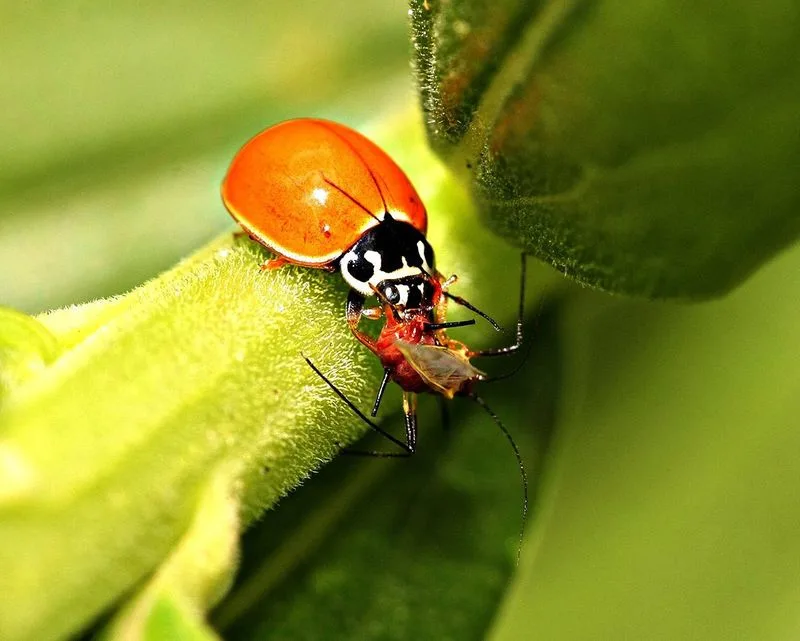
Many assume organic pesticides are completely harmless, but they can still pose risks to both plants and beneficial insects. While they might be derived from natural sources, improper use can lead to harmful effects. Awareness and caution are key. Assess the pest situation carefully and use organic options judiciously, following label instructions. Consider integrating pest management strategies that focus on prevention and environmental balance. This approach minimizes the need for pesticides altogether and fosters a healthier garden ecosystem.
Myth 10: Plants Prefer Distilled Water
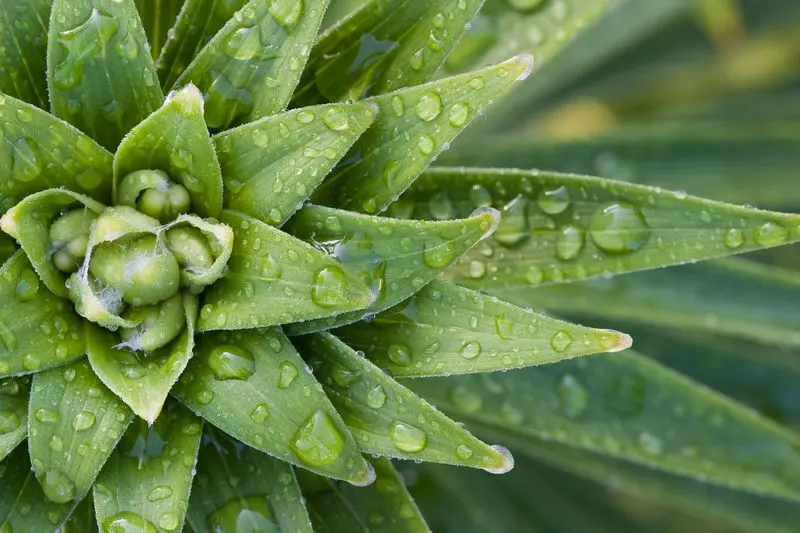
The idea that plants thrive with distilled water stems from concerns about tap water contaminants. However, distilled water lacks essential minerals that many plants require for optimal growth. Most houseplants do well with regular tap water unless local water quality is a known issue. If necessary, let tap water sit for 24 hours to let chlorine evaporate. Understanding your plant’s specific watering needs allows you to provide the best care. Regular tap water often suffices, supporting healthy growth without the need for special treatments.
Myth 11: Eggshells Are an Excellent Fertilizer
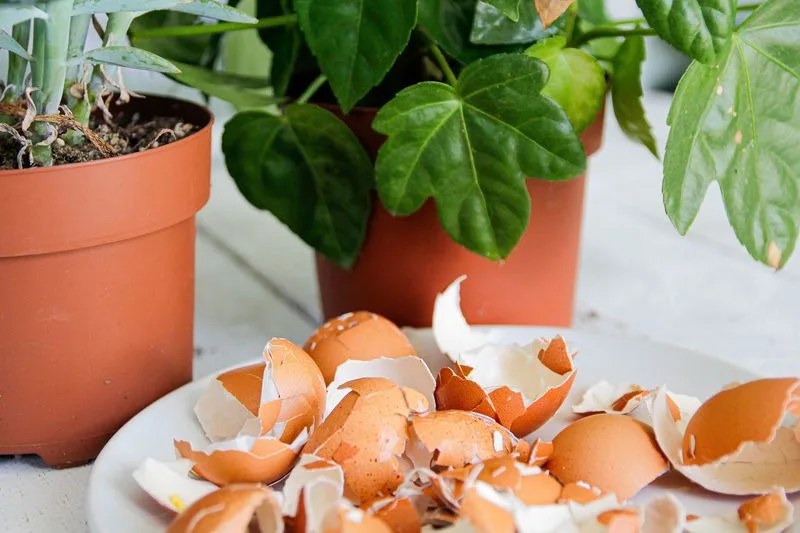
Crushed eggshells are often touted as a fantastic fertilizer, particularly for adding calcium. While they do break down eventually, the decomposition process is slow and doesn’t provide immediate nutrients. For quicker results, consider other calcium-rich options like garden lime. Eggshells can be beneficial as a pest deterrent when crushed coarsely. Sprinkle them around plants to deter slugs and snails. Understanding the limitations and benefits of eggshells helps gardeners make informed choices. By integrating them wisely, you can enhance your gardening strategies.
Myth 12: Milk Helps Cure Plant Disease

The belief that milk can cure plant diseases stems from its use against powdery mildew. However, it’s not a cure-all. Milk’s effectiveness is limited to certain fungal issues and only when used properly. Dilute milk with water to avoid bacterial growth and unpleasant odors. While it may offer temporary relief, relying solely on milk can lead to unintended consequences. A comprehensive approach to plant health involves maintaining proper spacing, air circulation, and monitoring for early signs of disease. This ensures a more robust prevention strategy.
Myth 13: Coffee Grounds Are a Universal Fertilizer

Using coffee grounds as a universal fertilizer is a popular trend, but it’s not without flaws. While they can improve soil structure and provide nitrogen, their acidity isn’t suitable for all plants. Adding too much can lead to soil imbalances. When used sparingly, coffee grounds can benefit acid-loving plants like azaleas and blueberries. Composting them first is another effective approach, as it neutralizes acidity. Understanding plant-specific needs and soil conditions is crucial. This ensures coffee grounds support rather than hinder plant growth.
Myth 14: Newly Planted Trees Need Staking

Staking new trees is a common practice, yet not always necessary. In fact, unnecessary staking can hinder a tree’s natural development, making it reliant on support. Trees typically develop stronger trunks and roots when left to sway naturally. If staking is required, ensure it’s done correctly—use flexible, non-abrasive materials and remove stakes after the first growing season. Monitoring tree stability and growth is key to determining if support is needed. This approach encourages robust tree development and long-term stability, fostering healthier growth.
Better Way 1: Composting for Soil Health
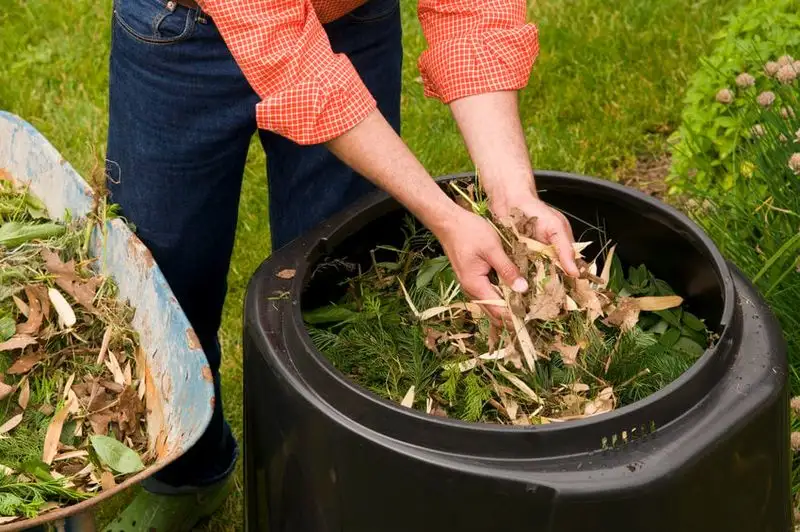
Enhancing soil health through composting offers numerous benefits. Compost enriches soil with organic matter, improving its structure and nutrient content. It creates a thriving ecosystem for beneficial microbes, fostering plant health naturally. Regularly adding compost to your garden supports sustainable growth without relying on chemical fertilizers. It also reduces waste, making it an eco-friendly practice. Understanding the balance of green and brown materials is crucial for effective composting. This strategy not only nurtures your plants but also contributes to a healthier environment.
Better Way 2: Companion Planting
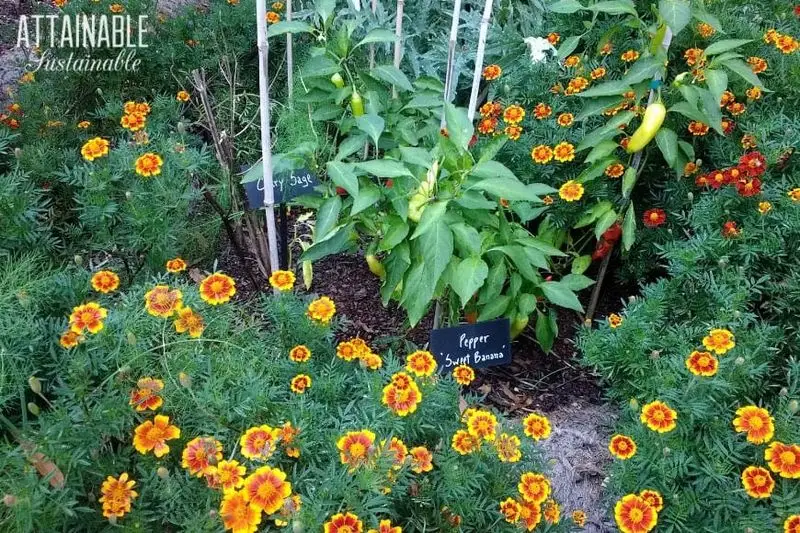
Companion planting involves growing certain plants together to enhance growth and deter pests. This age-old practice can naturally reduce the need for chemical interventions. Certain plant combinations can improve flavor, boost yield, and attract beneficial insects. For example, planting basil with tomatoes can enhance their growth and flavor, while marigolds deter nematodes. Understanding plant relationships supports a balanced garden ecosystem. This method offers a holistic approach to gardening, promoting healthy, vibrant plants and reducing dependency on synthetic aids.
Better Way 3: Drip Irrigation Efficiency
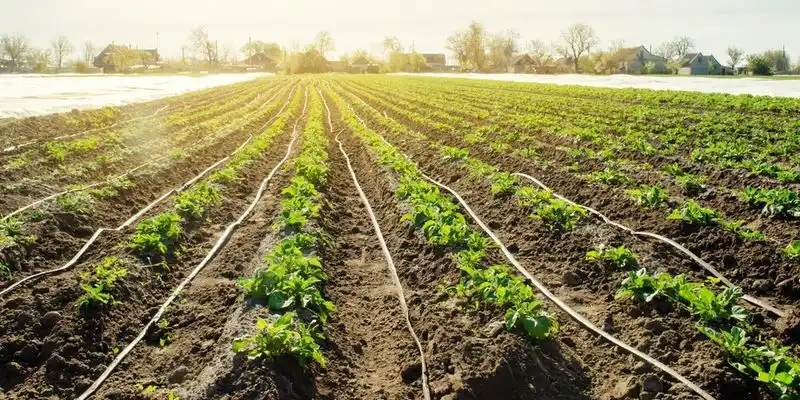
Drip irrigation is a highly efficient way to water plants, ensuring they receive moisture directly at the root zone. This method minimizes water wastage and reduces the risk of disease by keeping foliage dry. It’s particularly beneficial in arid regions or where water conservation is a priority. Installing a drip system can seem daunting, but the long-term benefits far outweigh the initial effort. By customizing the setup to suit your garden’s needs, you ensure each plant gets the right amount of water, fostering healthier growth.
Better Way 4: Natural Mulching
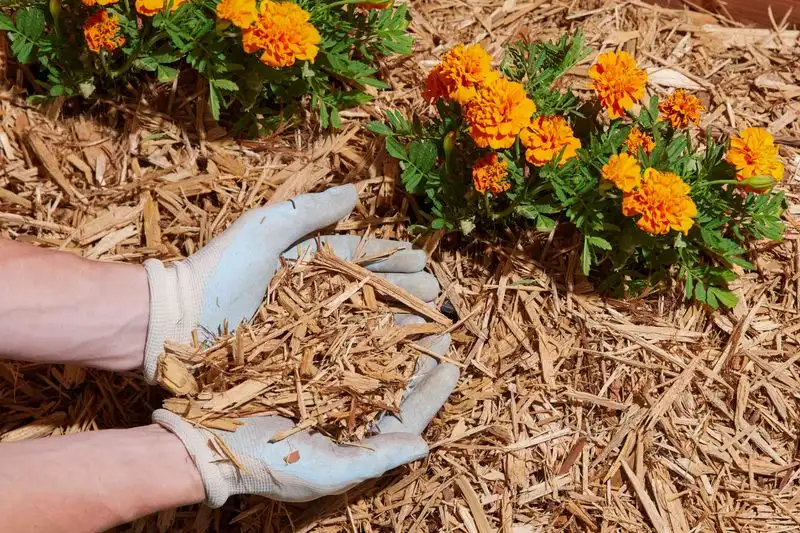
Natural mulching is an effective way to conserve moisture, suppress weeds, and enhance soil fertility. Using organic materials like straw, leaves, or wood chips, mulching creates a protective layer that regulates soil temperature. This approach reduces the need for chemical fertilizers and herbicides. It also supports beneficial organisms, contributing to a balanced garden ecosystem. By applying mulch appropriately, you create a sustainable gardening environment that promotes healthier plant growth. This method offers both aesthetic and practical benefits, making it a valuable gardening practice.
Better Way 5: Native Plant Selection
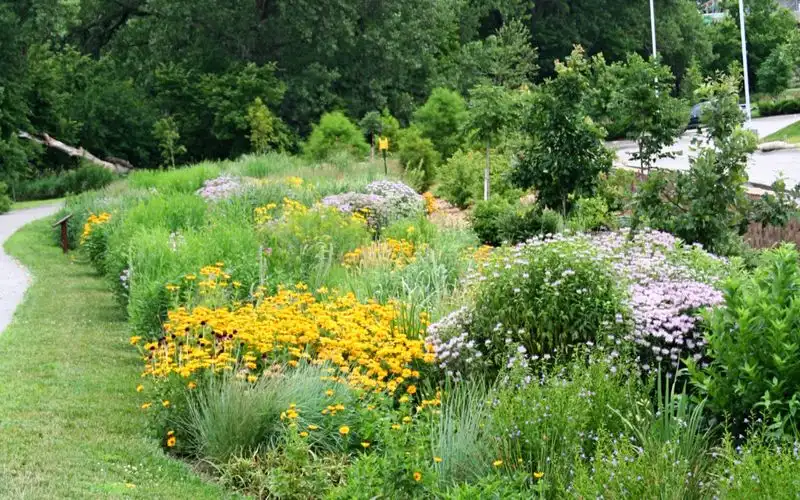
Choosing native plants for your garden provides numerous advantages. These plants are adapted to local climate and soil conditions, requiring less water and maintenance. They support local wildlife, including pollinators, creating a harmonious ecosystem. Native plants can resist pests and diseases better than exotic species, reducing the need for interventions. By researching and selecting plants native to your area, you contribute to biodiversity and sustainability. This approach not only enhances your garden’s beauty but also aligns with eco-friendly practices.
Better Way 6: Seasonal Crop Rotation

Implementing seasonal crop rotation can greatly benefit your garden’s health. This practice helps prevent soil depletion by alternating plant families, maintaining nutrient balance. It also disrupts pest and disease cycles, reducing the need for chemical controls. Understanding crop families and planning rotations allows for sustainable soil management. This strategy promotes vigorous plant growth, enhancing yield and quality. By embracing crop rotation, you ensure a thriving garden year after year. It’s a simple yet powerful tool for cultivating a diverse and resilient garden.

